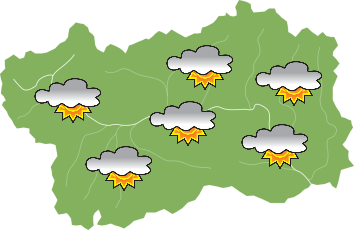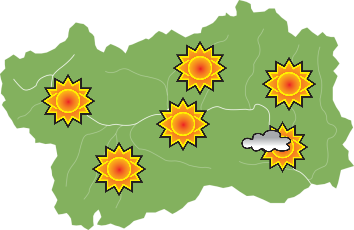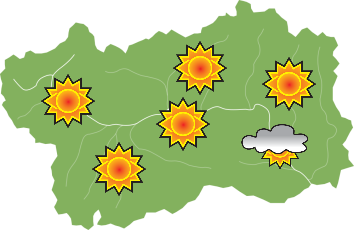The rural architecture of the Aosta Valley tells of ancient traditions and attention to the environment.
Hamlets, villages and ancient bridges make the landscape unique.
Slope is an important restriction in mountain environment and it is an essential part of the countryside and rural architecture too. The Aosta Valley is part of a cultural area that uses the slope to move externally from one floor in a house to another.
The construction of rural houses has been influenced by local customs and this changed the designs over time and "personalised" the architectural specification in the various side valleys.
In the late Middle Ages, villages made common use of buildings linked to different functions. These elementary modules were often merged with each other to later develop into large buildings that combined collective family use under a single large gable roof covered with slates.
In the past, self-sufficiency and the trade of some food surplus (cheese, chestnuts and wine) determined the rhythm of rural life, marked by seasonal movements on the slopes. The combination of "bread and milk" played a fundamental role; the old barns found in the region bear witness to the importance of cereal cultivation, an activity almost completely forgotten nowadays.
The use of wood for building is linked to the local history of the settlement and varies according to altitude, local craftsmanship and construction periods. The use of stone is instead linked to the ownership of the soil and to the seasonal exercise of masonry by the men of the lower Lys valley. Those master masons participated in the diffusion of architectural models and their works literally marked the architecture of the Aosta Valley, especially starting from the 19th century.




-9424%20(1).jpg?v=638267413400000000)







